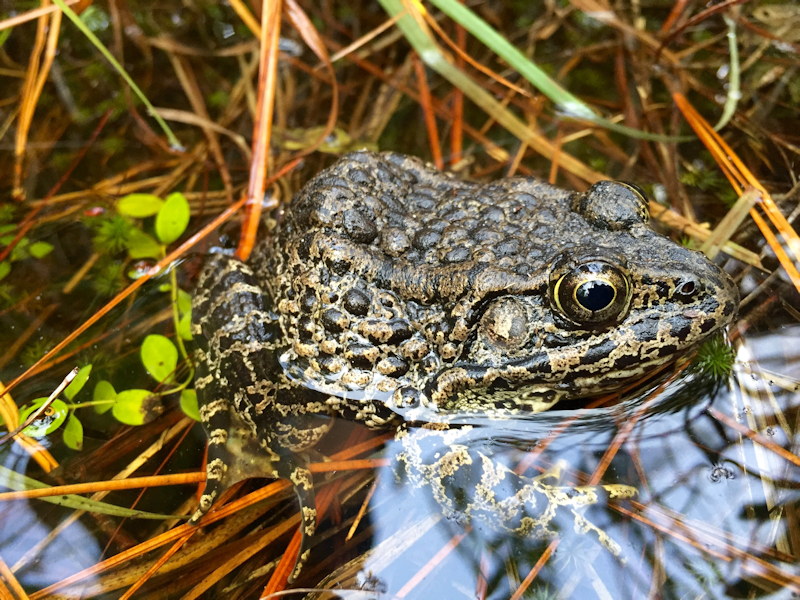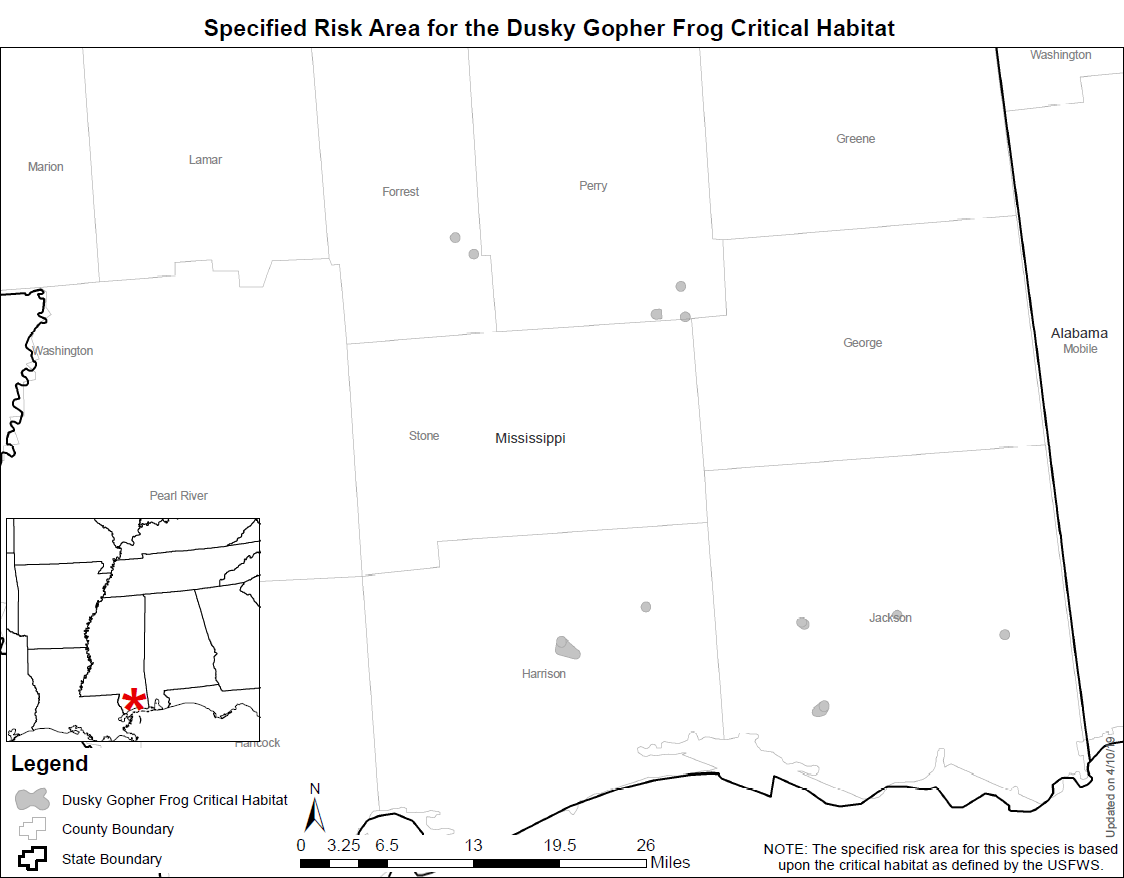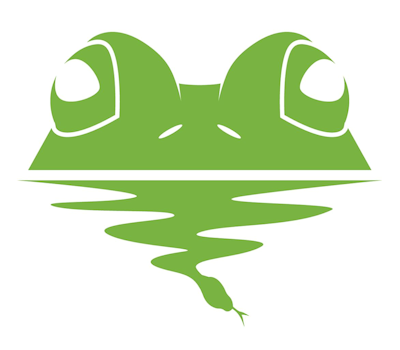About the Dusky Gopher Frog

Image by Ben Morrison
Other Common Names:
Mississippi gopher frog
Dark gopher frog
St. Tammany gopher frog
Scientific name:
Lithobates sevosus
Family:
Ranidae
Conservation Status:
Critically Endangered

Learn more about mitigating risks
These videos are part of a 5-part presentation series of conservation education on the dusky gopher frog.
Each video has a duration of about 6 minutes and covers different topics related to the endangerment and protective actions we can take to conserve this precious and important amphibian in our environment.
About our NGO partner: Amphibian and Reptile Conservancy

The Amphibian and Reptile Conservancy (ARC) is a 501(c)(3) nonprofit focused on identifying and conserving the highest priority places for amphibians and reptiles in the United States.
ARC protects endangered amphibians and reptiles through a strategic, scientific, and passionate approach that allows us all to make a real difference.
